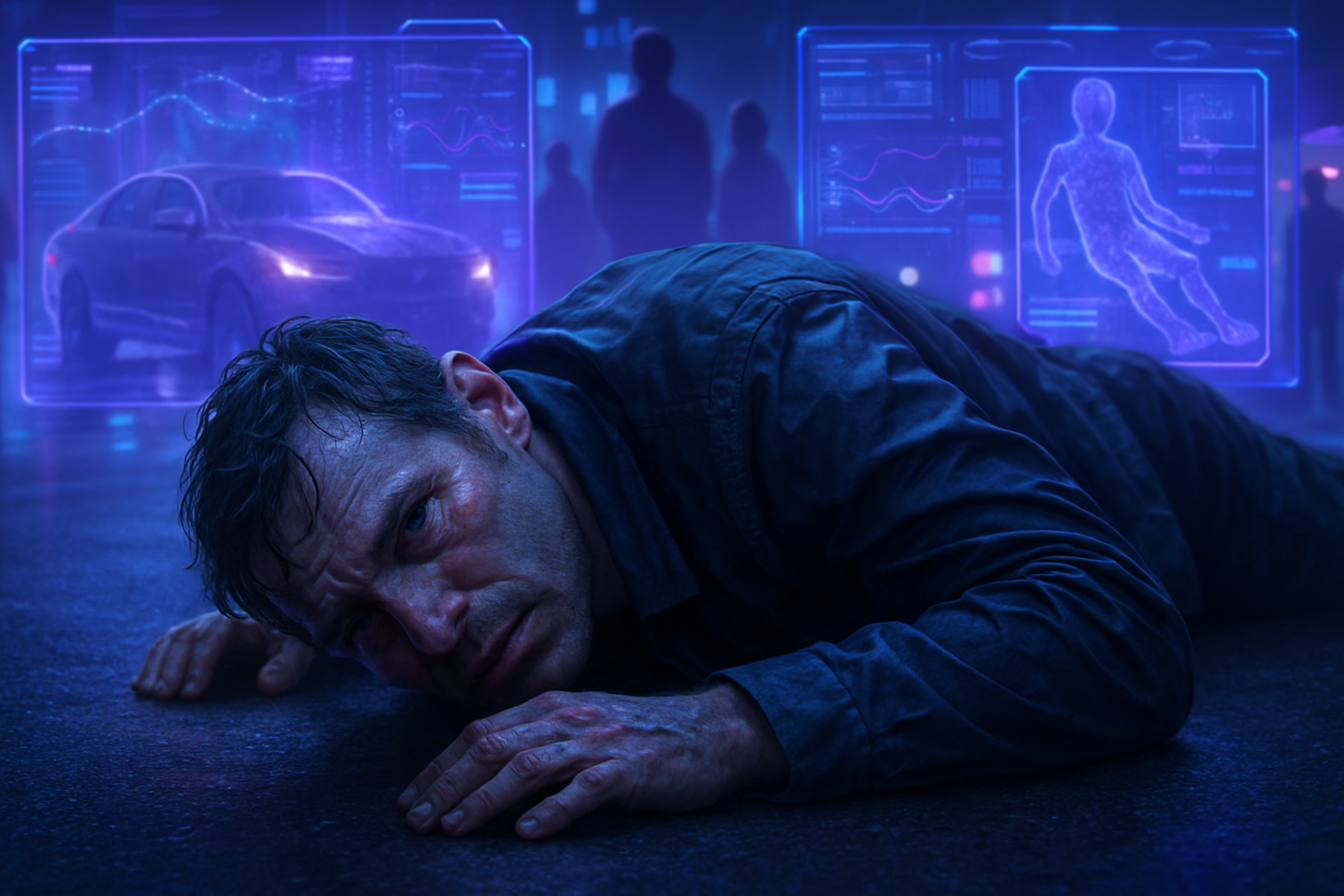The judicial screen is transforming through the influence of artificial intelligence by using generated videos to give a voice to the deceased. A man, a victim of a violent road altercation, reappears in a disturbing and poignant manner in a courtroom. By offering a heartbreaking impact statement, he transcends death to deliver his message to the listeners.
Technology changes the perception of the trial. Discussing the theme of digital rehabilitation fascinates and raises questions about the origins of our humanity. His dramatic journey resonates with deep inquiries about forgiveness and justice.
AI is at the forefront of a new judicial era. What implications does this innovation bring to society and the legal system? The virtual testimony of this departed individual, created by his family, opens a window to unexplored possibilities.
A landmark event in court
A man, shot during a road altercation, made a striking appearance in an Arizona courtroom thanks to a video generated by artificial intelligence. This video, shown last Monday, features a faithful simulation of Christopher Pelkey, a victim of a shooting in 2021, who wished to express his forgiveness to his murderer, Gabriel Horcasitas.
The circumstances of the incident
Christopher Pelkey, 37, was killed by Gabriel Horcasitas, 50. The incident occurred following an argument on the road in the city of Chandler, Arizona, a tragic event that captured media attention. Details indicating that Pelkey had approached Horcasitas’ vehicle led to charges of involuntary manslaughter against the shooter.
The AI-generated video
Members of Pelkey’s family created a digital representation of him, allowing the deceased to speak. The video was perceived as the first use of artificial intelligence to deliver a victim impact statement. The simulation addressed a captivated audience, telling Horcasitas that things could have been different if they had met under more favorable circumstances.
The message of forgiveness
During his speech, Pelkey’s digital avatar asserted: “I believe in forgiveness and in God who forgives. I have always believed in this.” This powerful message resonated with the spectators present in the room, highlighting the idea of redemption, even in the darkest contexts.
Judge’s reaction
Judge Todd Lang, visibly moved, expressed his admiration for the use of AI. He sentenced Horcasitas to ten and a half years in prison, a sentence longer than that requested by prosecutors. The virtual testimony evidently had an impact on the ruling, illustrating the capacity of technology to influence the judicial system.
The implications of AI in justice
The testimony sparked reflections on the role of AI in judicial proceedings. Arizona Chief Judge Ann Timmer expressed enthusiasm about the potential benefits that AI could bring while also voicing concerns about its potential consequences for justice. She mentioned the need for reflection on the appropriate use of this technology in courts.
The memory of Christopher Pelkey
Pelkey’s sister, Stacey Wales, revealed that she wrote the script for the AI, wishing to give a voice to her brother during this case of involuntary manslaughter. She emphasized the importance of acknowledging Christopher’s existence and called on the community to remember him. Her initiative created a poignant moment, anchoring Pelkey’s memory in the minds of those present.
Futuristic perspectives
The use of AI to deliver testimony in judicial cases raises questions about the future of technology in the legal system. Ethical implications and respect for the integrity of victims must be carefully considered as society enters this new technological era.
For more information on this landmark event, check articles from Actu.ai and Actu.ai in English.
Frequently asked questions
What is an AI-powered video in the context of a trial?
An AI-powered video is a digital recreation of an individual, allowing this representation to communicate messages or statements, often used to convey testimony in judicial contexts.
How did the victim’s family create the digital simulation?
The family used artificial intelligence technology to generate a video where the deceased speaks words written by his sister to give a voice to Christopher Pelkey during his murderer’s trial.
What was the emotional impact of this video on the trial?
The video profoundly affected the judge and the public present in the courtroom, bringing a unique emotional dimension to the case and influencing the sentence rendered.
Have there been precedents for the use of AI in judicial cases?
This situation is regarded as one of the first of its kind where a digital representation of a victim is used for testimony, thus highlighting technological innovation within the judicial framework.
What are the ethical concerns related to using AI in the testimony of deceased victims?
Ethical concerns include respecting the memory of the deceased individual, the potential for content manipulation, and questions about the accuracy of the representation of the individual and their feelings.
How could AI technology evolve in the judicial field in the future?
In the future, AI could be used to create realistic simulations of testimonies, assist in the rehabilitation of victims, or for other forms of interaction between technology and the judicial process, though this requires thorough ethical consideration.
What was the sentence imposed on the accused following this case?
Gabriel Horcasitas was sentenced to ten and a half years in prison for his role in the death of Christopher Pelkey, a sentence deemed harsher than that requested by prosecutors, partly due to the emotional impact of the video presentation.






